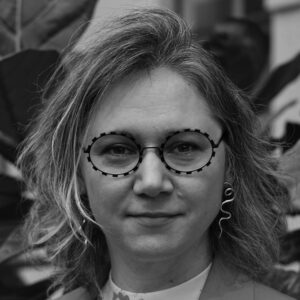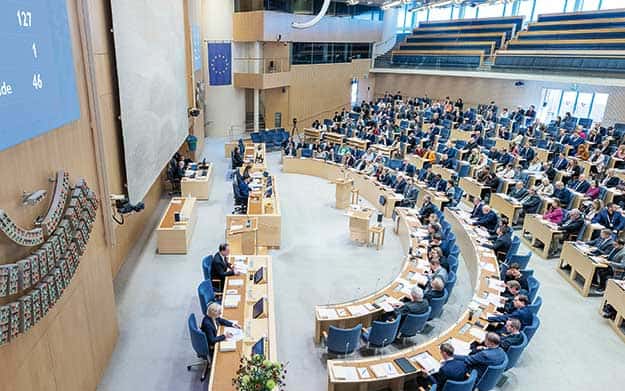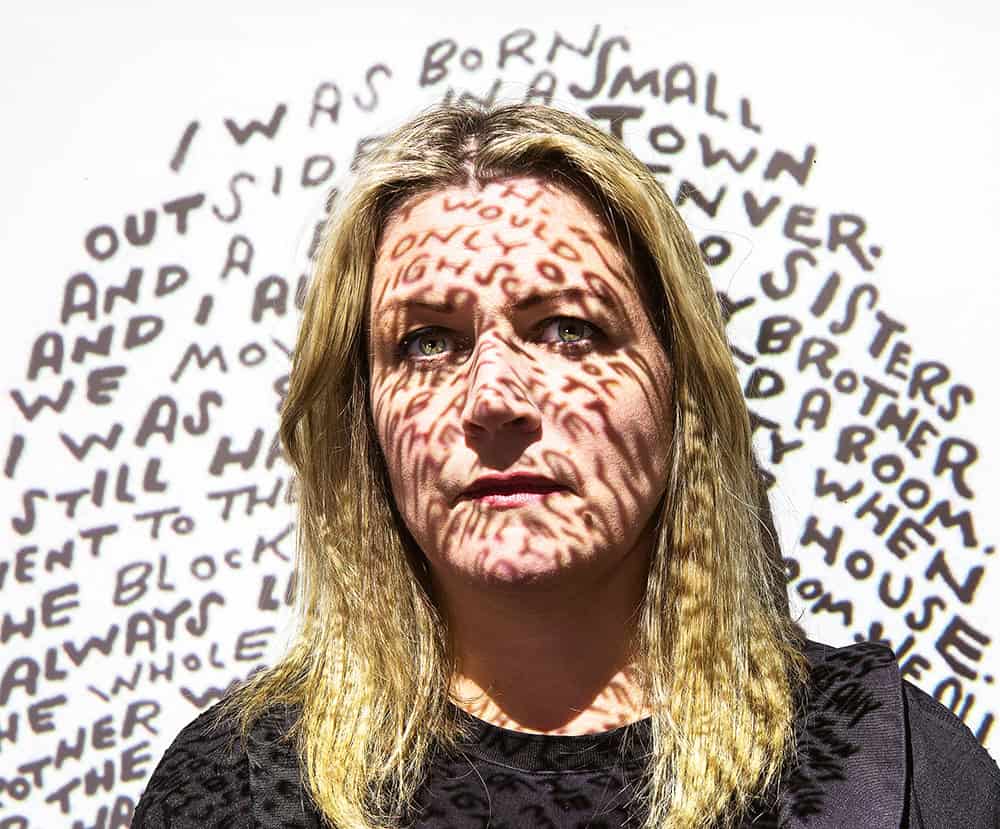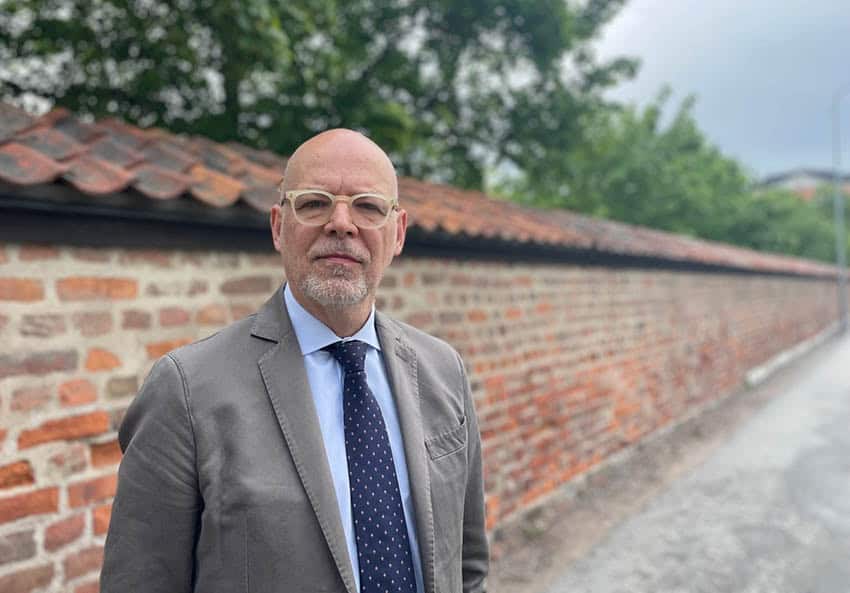“We’re doing our best, but it’s not working. We don’t know enough.” That’s how it sounded at many of the meetings on gender equality that Anna Grzelec, senior lecturer at the department of business administration and textile management at the University of Borås, attended when she was conducting an ethnographic study at a university of technology in Sweden.
“With that attitude, you set up your gender equality work to fail,” she says.

There have been many attempts to increase the proportion of women in the fields of science, technology, engineering and mathematics. Nevertheless, development is at a standstill. In 2019, the percentage of female professors was 18 and 19 per cent respectively in technical and natural science subjects at Swedish universities.
Grzelec wanted to investigate gender equality practices in the higher education sector. She was employed as a postdoc at a university of technology, where she was also involved in various aspects of gender equality work, and used her impressions during her 17 months at the university as the basis for an ethnographic study called Doing gender equality and undoing gender inequality – A practice theory perspective.
“Data collection caused delays”
The university began an equality initiative at the same time as Anna Grzelec started. It struck her how difficult it was for the organisation to understand and accept previous research on the reasons for poor gender equality. Instead, the university conducted its own investigations to understand why the proportion of female professors was so low or why men reported in surveys that they felt more secure at work than women.
“There was great faith in numbers, and it was always believed that more data was needed. Collecting it all took a long time and delayed the actual gender equality work,” she says. One reason for all the data collection, she believes, was the university’s unfamiliarity with interpreting and applying social science research.
Before this new initiative, the policy for the previous twelve years had been to not target any measures at women, because that would imply that women were incompetent or weak. Those kinds of problem can crop up,” says Grzelec, “but that doesn’t mean that you should stop working with gender equality. The policy was based on two studies where the conclusions had been applied in full, without thinking about the complexity and what other problems the strategy could create.”
“Know that women are not chosen”
At the university, each position had to have had at least 30 per cent female applicants in order for an appointment to be made. “That is based on the perception that women do not apply for the positions, and that they would get them if only they applied. At the same time, we know that women are not chosen at the end of recruitment processes, because they do not fit the stereotypical image of, for example, a professor.”
Grzelec observed how recruiting staff contacted women and asked them to apply for positions they would never get anyway. Sometimes there was already a preferred candidate in mind – but more female applicants were needed. “The gender distribution statistics were manipulated in a way that is discriminatory.”
She is critical of such great emphasis being placed on percentages when assessing gender equality. There must be more focus on other factors, she believes, like female professors’ well-being at work.
“Have they had to cope with sexual harassment or domination techniques in order to acquire their current position? Do they have the same conditions as male professors? We know that women in general often have to put up with worse conditions than their male colleagues, such as a smaller budget for the same amount of work, and that prestigious assignments more often go to men.”
Second class professors
A research project on gender equality measures at Nordic higher education institutions, which Universitetsläraren has written about previously, recently showed that earmarked positions or funding for women resulted in a higher number of female professors. But Anna Grzelec doesn’t set much store by that. “They become second class professors. They are constantly allocated just the earmarked money and are given worse conditions.”
She is critical of the Swedish Higher Education Authority regularly requesting statistics on gender balance from the higher education institutions “It is the only measurement that has gained traction. But you can have diversity and nice numbers without actually having gender and other forms of equality. We need more complex statistics if we are to continue measuring.”



















